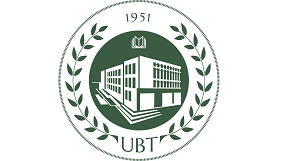GENTJAN HYKAJ*, ANILA HODA
Agricultural University of Tirana
*Corresponding author e-mail: gentianhyka@yahoo.com
Abstract:
Goats are one of the most important livestock species in Albania. The aim of this study is evaluation of genetic diversity, genetic structure and genetic distances between six Albanian local goat breeds, using three set of markers: 31 microsatellite markers, AFLP markers based on three primer combinations, and 26 SNP markers. A total of 185 individuals representing six different Albanian goat breeds (Capore, Muzhake, Dukati, Liqenasi, Hasi and Mati) were analyzed. All microsatellite markers were highly polymorphic. A total number of 331 alleles were observed at 30 microsatellite loci. The average observed heterozygosity was 0.673.The global heterozygosity deficit (FIT) was estimated 0.11 and global breed differentiation evaluated by FST, was estimated 0.02. The AMOVA revealed that percentage of variation among populations was 2.04% and within populations was 97.96%. AFLP analysis using three primer combinations revealed 107 polymorphic markers. The FST value across all markers was 0.031, indicating that 3.1% of total genetic variation is due to breed differentiation. SNPs analysis indicated: Expected heterozygosity per locus ranged from 0.0059 to 0.526 with an average value for all loci, 0.316, while the values of observed heterozygosity (HO) ranged from 0.0059 to 0.517, with an average value of 0.282. The results obtained here reflect gaot management in Albania. Based on the results of this study, we may conclude that Albanian goat breed are important reservoir of genetic diversity, have a low level of differentiation and high level of admixture.
Keywords: goat, Microsatellite, AFLP, SNP, heterozygosity, genetic diversity, genetic distance

